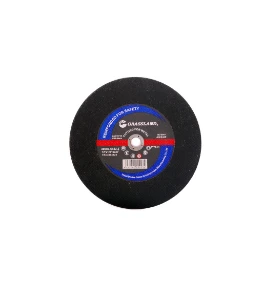

Professionals in the field acknowledge the authoritativeness that comes with understanding the rigorous standards associated with metallographic specimen preparation. Adhering to standards such as ASTM E3-11 for metallographic preparation ensures that the results generated are reliable and comparable across different laboratories and applications. This shared language of standards fosters an environment of trust and collaboration among professionals, enhancing the value of metallographic studies. Metallographic cutting discs not only serve a functional purpose but also represent a blend of science and skill. Their evolution reflects the ongoing advancements in material science and engineering. Modern developments in cutting technology, such as diamond-coated discs, offer even greater precision and are celebrated within the community for pushing the boundaries of what can be analyzed with minimal alteration to the material. The conversation surrounding metallographic cutting discs is robust, supported by continuous research and development aimed at improving safety and efficacy. Trust in these tools is built upon a history of documented success and rigorous testing. Manufacturers provide detailed product specifications, usage guidelines, and safety protocols, underscoring their commitment to reliability. This trust is further cemented through user reviews and expert endorsements, making them a staple in metallographic laboratories worldwide. In conclusion, the importance of selecting the appropriate metallographic cutting disc cannot be overstated. It is an interplay of understanding the material at hand, the specificities of the disc, and the desired outcome. The journey from raw material to an analyzed specimen is underpinned by the precision of the cut, laying the foundation for accurate and trustworthy metallographic evaluations. Engaging with these tools demands a concerted blend of experience, expertise, and adherence to authoritative guidelines—each contributing to the overarching goal of maintaining the integrity and reliability of material investigations.
Post time:Jan - 20 - 2025

















